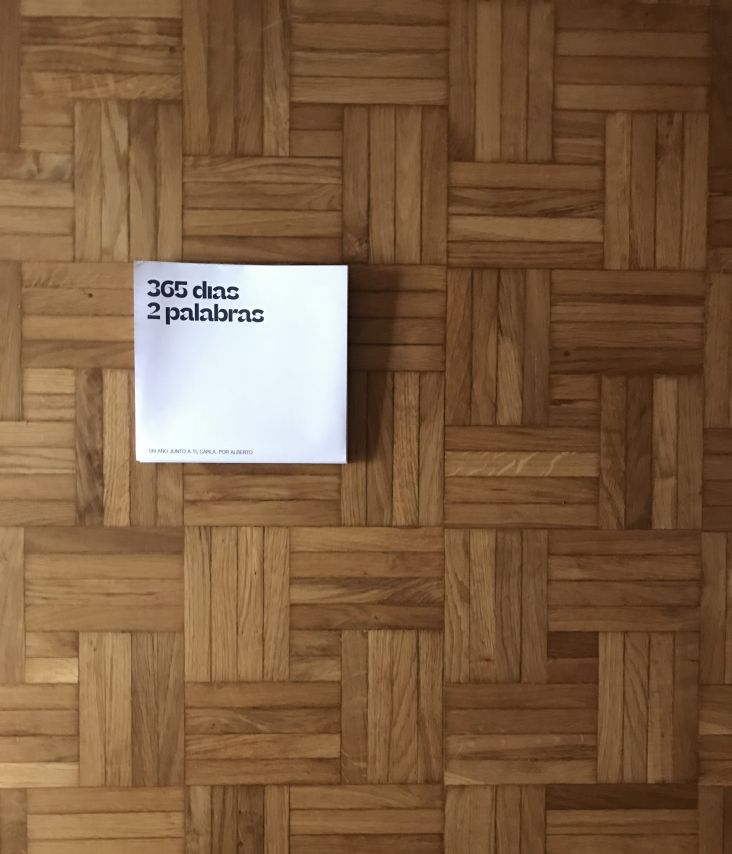What do IR35 changes mean for design contractors?
If you're a designer who does contracting work for companies in the private sector, chances are you've heard about IR35.

Image licensed via Adobe Stock
So what does this piece of legislation – sometimes referred to as 'off-payroll' tax – really mean for contractors? Emily Coltman FCA, Chief Accountant at online accounting software company FreeAgent, reveals all you need to know about IR35, including what changes are on the horizon and how to deal with them.
What is IR35?
First introduced 20 years ago, IR35 is a much-debated and controversial piece of legislation. It was designed to seek additional payment from contractors who HMRC believed were working in "disguised employment". This is when a contractor's working arrangements and contract are similar to those of an employee – but, unlike an employee, the contractor enjoys the tax benefits of working through an intermediary, such as a limited company or partnership.
When a contractor meets the criteria of disguised employment, they are deemed to be "inside IR35" and are required to make additional payments to HMRC. If the contractor's contract is in the public sector, it's up to the "engager" (potentially the contractor's client) to determine whether IR35 applies and, if so, to put the contractor onto their payroll and deduct income tax and National Insurance before paying them.
If the contractor's contract is in the private sector and is inside IR35, the contractor's intermediary is required to make an extra payment to compensate for the additional tax and National Insurance that HMRC would have received on an equivalent employee's salary. It is currently the individual contractor's responsibility to determine whether they fall under IR35 and report this to HMRC, but that is about to change.
What's changing?
The government is reforming IR35 legislation so that the onus will soon be on many private sector companies - not the contractors themselves – to determine whether any contractors they hire fall within IR35. It means that many contractors who provide services to large or medium-sized private sector companies and who operate through an intermediary, such as a company or partnership, could be affected and brought inside IR35.
Despite the House of Lords launching an inquiry into the proposed reforms, it is expected that the new rules will come into effect on 6th April 2020. However, the government has recently clarified that IR35 changes will only be applied to payments made for services carried out after this date. Previously it had been suggested that changes would be applied to all payments made before or after 6th April, regardless of when the work was carried out.
Assuming the reforms are implemented as expected in April – if any large or medium-sized private sector company deems a contractor who is working through an intermediary to be inside IR35, the company will have a decision to make. It could either:
- terminate the contract
- change the contractor's working arrangements in such a way that the contractor will no longer be inside IR35
- make the contractor an employee and pay them through the company's payroll, deducting tax and National Insurance through PAYE
When similar reforms were introduced to the public sector in 2017, The Register reported a "mass exodus" of IT contractors from the public sector, while other news sites claimed that IR35 had made it extremely hard for the public sector to hire for contract roles. However, a report commissioned by HMRC contradicts the news reports, claiming that the change was not substantial and that IR35 had not affected the public sector's ability to fill contract vacancies.
So far, the planned private sector IR35 reforms have faced a significant backlash from contractors and the organisations that support them, with many warning that the changes could have damaging consequences for the UK's contractor industry.
Who can I contact for advice about IR35?
If you're concerned about IR35, you should speak to your accountant. If your contract or working practices suggest that you're inside IR35, your accountant will be able to talk you through your options.
This article was written by Emily Coltman FCA, Chief Accountant at FreeAgent, the award-winning cloud accounting software for small business owners, freelancers and their accountants. Try FreeAgent with a 30-day free trial. Please note, this article is not sponsored.




 by Tüpokompanii](https://www.creativeboom.com/upload/articles/58/58684538770fb5b428dc1882f7a732f153500153_732.jpg)


 using <a href="https://www.ohnotype.co/fonts/obviously" target="_blank">Obviously</a> by Oh No Type Co., Art Director, Brand & Creative—Spotify](https://www.creativeboom.com/upload/articles/6e/6ed31eddc26fa563f213fc76d6993dab9231ffe4_732.jpg)
















